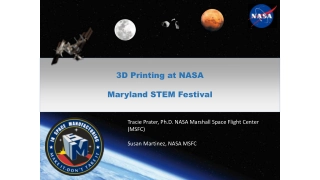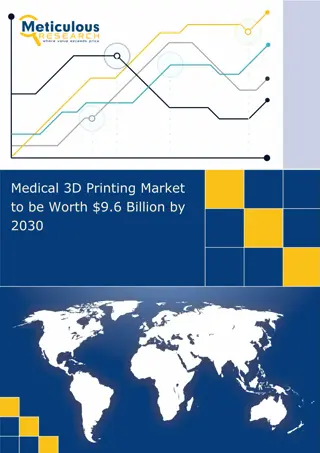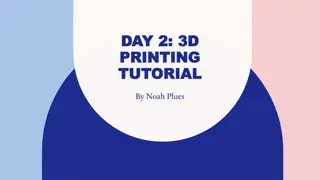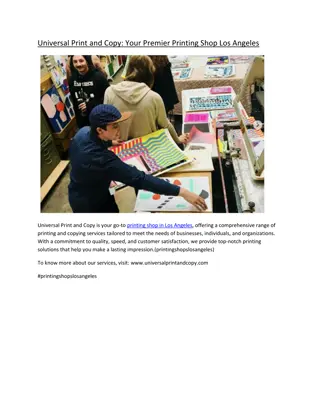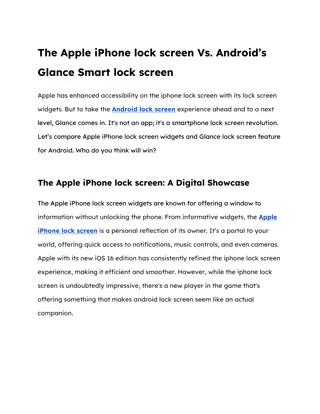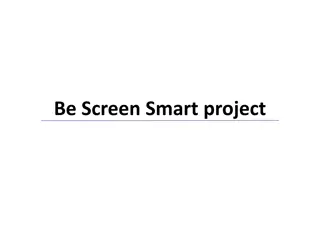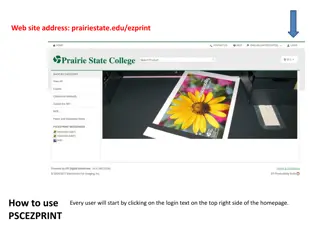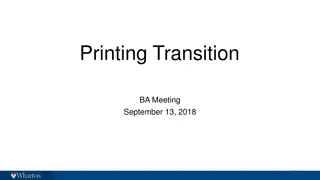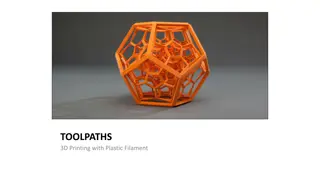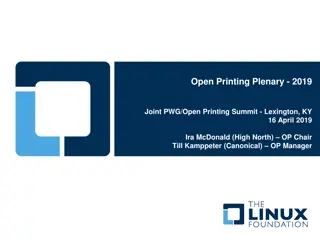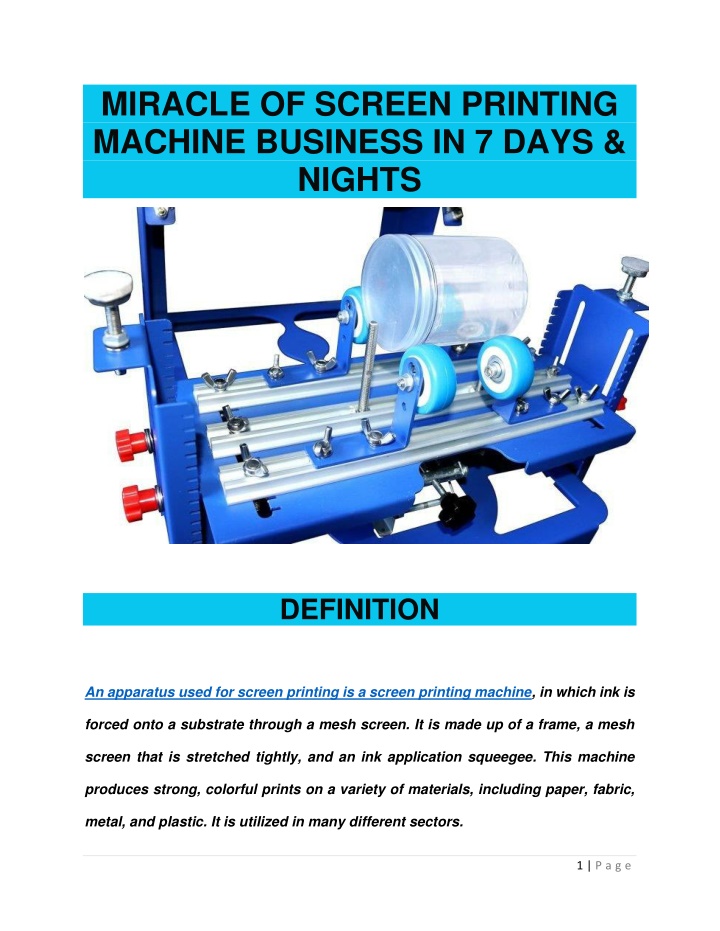
MIRACLE OF SCREEN PRINTING MACHINE BUSINESS IN 7 DAYS & NIGHTS
//seribangash.com/nAn apparatus used for screen printing is a screen printing machine, in which ink is forced onto a substrate through a mesh screen. It is made up of a frame, a mesh screen that is stretched tightly, and an ink application squeeg
Download Presentation

Please find below an Image/Link to download the presentation.
The content on the website is provided AS IS for your information and personal use only. It may not be sold, licensed, or shared on other websites without obtaining consent from the author. If you encounter any issues during the download, it is possible that the publisher has removed the file from their server.
You are allowed to download the files provided on this website for personal or commercial use, subject to the condition that they are used lawfully. All files are the property of their respective owners.
The content on the website is provided AS IS for your information and personal use only. It may not be sold, licensed, or shared on other websites without obtaining consent from the author.
E N D
Presentation Transcript
MIRACLE OF SCREEN PRINTING MACHINE BUSINESS IN 7 DAYS & NIGHTS DEFINITION An apparatus used for screen printing is a screen printing machine, in which ink is forced onto a substrate through a mesh screen. It is made up of a frame, a mesh screen that is stretched tightly, and an ink application squeegee. This machine produces strong, colorful prints on a variety of materials, including paper, fabric, metal, and plastic. It is utilized in many different sectors. 1 | P a g e
PURPOSE The main purpose of printing machines is to transfer ink onto various materials using a mesh screen, producing prints that are durable and have brilliant colors. Applications include printing on fabrics (such as t-shirts and clothing), making signs, producing promotional goods, producing creative prints, and identifying industrial products. It is used in a variety of industries. HISTORY OF SCREEN PRINTING MACHINE The history of printing presses has been revolutionary, using block stencils and finely woven mesh, screen printing began in China during the Song Dynasty (960 1279 AD) and finally extended to neighboring Asian nations before making its way to the West in the 18th century. The invention of modern machinery dates back to the late 19th and early 20th centuries. Samuel Simon received a patent in 1907 for a screen printing method that used stencils on fastening fabric. In the 1910s, photo-reactive chemicals were introduced, which greatly increased efficiency and accuracy. The US- led innovation in the mid-20th century, such as the introduction of automatic presses in the 1930s and 1940s, and the 1950s and 1960s popularity boom fueled by movements like Pop Art. The sector has been shaped by ongoing technological improvements since the 1970s, with automation, new ink kinds, and digital stencil-making improving 2 | P a g e
accuracy and adaptability. Historical turning points include the 1902 invention of the carousel-style press by Antoine V ricel, the 1943 invention of the automatic press by John Pilsworth, and the 1960s introduction of water-based inks by C.I. Dupont. Companies like MHM, ROQ International, and Vastex are currently leading the way in expanding the capabilities of screen printing technology to meet a range of requirements, from home production setups to large-scale manufacturing facilities. TYPES OF SCREEN PRINTING MACHINE Screen printing machines come in numerous types and configurations, providing different printing needs and production scales. Here are some common types of screen printing machines: 1. Manual Screen Printing Press: The printer in these devices moves the screen and squeegee it by hand. They work well for artisanal printing, prototyping, and small-scale production. 3 | P a g e
2. Semi-Automatic Screen Printing Press: These devices still need human assistance when loading and unloading substrates, but they do have certain automated functions including automatic screen placement and ink application. They work well for medium-sized print runs and are more productive than manual presses. 4 | P a g e
3. Automatic Screen Printing Press: These completely automated devices can manage high print quantities with little assistance from the operator. They have accurate ink control, automatic screen registration, and conveyor systems for loading substrates. These devices are perfect for industrial production in large quantities. 4. Textile Screen Printing Machine: These machines, which are specifically made for printing on textiles like t-shirts, clothes, and fabrics, can be purchased in manual, semi-automatic, or automatic configurations. They frequently have features like several pallets and flash curing units that are specifically designed for textile printing. 5 | P a g e
5. Flatbed Screen Printing Machine: A flat printing surface makes flat substrates like paper, cardboard, metal sheets, and plastics ideal for printing with flatbed screen printing equipment. They are adaptable and suitable for a range of material thicknesses and sizes. 6 | P a g e
6. Cylindrical Screen Printing Machine: Printing on round or cylindrical items like bottles, tubes, and containers is the purpose of the cylindrical screen printing machine. They use rotating gears and specific fixtures to guarantee precise printing around the object s diameter. 7 | P a g e
7. UV Screen Printing Machine: UV screen printers enable faster production rates and the capacity to print on heat-sensitive materials by using ultraviolet (UV) light to cure or dry the ink immediately after printing. They are frequently employed for printing on substrates made of metal, glass, and plastic. 8 | P a g e
8. Multicolor Screen Printing Machine: Screen printing machines that can print graphics in various colors in one pass are known as multicolor screen printing machines. They might use sophisticated registration mechanisms to guarantee exact color alignment, or they might have several screens, each representing a distinct hue. 9 | P a g e
COMPONENTS OF SCREEN PRINTING MACHINES 1. Frame: The frame provides the structural support for the entire machine. It holds all the other components in place and ensures stability during the printing process. 10 | P a g e
2. Screen: The screen, often made of polyester or metal mesh, is stretched tightly over the frame. It holds the stencil or image to be printed and allows ink to pass through onto the substrate. 11 | P a g e
3. Squeegee: The squeegee is a blade or rubber strip mounted on a handle. It is used to force ink through the mesh screen and onto the substrate, ensuring even coverage and sharp prints. 12 | P a g e
4. Substrate Holder/Printing Platform: This component holds the substrate in place during the printing process. It can be a flatbed for printing on flat surfaces or a cylindrical fixture for printing on round objects. 13 | P a g e
5. Registration System: In multi-color printing, a registration system ensures precise alignment of each color layer. This may include registration marks, adjustable platens, or automated registration mechanisms. 14 | P a g e
6. Ink System: The ink system consists of ink reservoirs, pumps, and delivery mechanisms for supplying ink to the screen. It may include features for controlling ink flow, viscosity, and color consistency. 7. Drying or Curing Unit: After printing, the ink needs to be dried or cured to ensure adhesion and durability. This can be achieved through air drying, heat drying, or UV curing systems, depending on the type of ink used. 15 | P a g e
8. Print Head: Holds the screen frame and squeegee in position and moves them across the substrate during printing. Can be manual, semi-automatic, or fully automatic. Manual machines require the operator to manually move the print head, while automated machines use motors and controllers for precise movement. 16 | P a g e
9. Safety Features: Safety features such as emergency stop buttons, safety guards, and interlocking mechanisms are important for ensuring operator safety during machine operation. 17 | P a g e
10. Optional Features: Depending on the specific model and application, screen printing machines may include additional features such as automatic substrate loading/unloading, flash curing units, automatic screen cleaning systems, and integrated digital printing capabilities. 18 | P a g e
FACTORS TO CONSIDER WHEN CHOOSING A SCREEN PRINTING MACHINE 1. Production volume: The first factor before choosing a printing machine is to consider the expected volume of printing output, whether it is low, medium, or high volume, to determine the capacity and speed of the appropriate printing machine. 2. Printing Material: Another factor to consider before choosing a printing machine is what type of printing material you will be using, whether it is paper, cardboard, fabric, or other substrates, and make sure that the printing machine is Compatible with these materials. 3. Printing Quality: The third factor before choosing a printing machine is assessing the printing quality and resolution you want for your printed material, whether it s standard quality for everyday documents or high-quality Resolution for graphics and photos. 4. Budget and Cost Considerations: Another factor before choosing a printing machine is to determine your budget and the open price of the printing machine as well as ongoing expenses such as maintenance, ink or toner, and consumables. Consider the Make sure the printing machine chosen offers the best value for your budget. 19 | P a g e
MAINTENANCE AND CARE TIPS FOR SCREEN PRINTING MACHINES 1. Regular Cleaning / Frequent Cleaning: To keep your screen printing machines in top working order, regular cleaning is necessary. Clean the screens, squeegees, and printing platforms to remove any remaining ink waste or dirt after each printing session. To prevent harming important components, use lint-free cloths and the proper cleaning solutions. 2. Inspect and Replace Parts: Make regular checks on your screen printing device to find any outdated or broken components. Pay special attention to parts such as the registration systems, squeegees, and screens. To stop additional damage and guarantee constant print quality, replace any outdated or broken parts immediately. 3. Lubrication: To maintain smooth functioning and stop moving parts from drying down too soon, proper lubrication is essential. When it comes to lubricating bearings, shafts, and other moving parts, follow to the equipment manufacturer s instructions. Apply the recommended lubricants at the designated intervals and use them. 4. Maintain Proper Tension: A key factor in the effectiveness of screen printing is tension. To guarantee even and consistent tension throughout the whole surface, periodically check the screens tension and make any necessary adjustments. Reduced print quality and distorted prints might result from improper tension. 20 | P a g e
5. Calibration and Alignment: Maintaining precise registration and high-quality prints requires routine screen printing equipment alignment and calibration. To guarantee accurate registration and reliable prints, examine and correct the alignment of the screens, squeegees, and printing platforms. 6. Operator Training: Maintaining and taking care of your screen printing machine requires that machine operators have the proper training. Make sure that the operators understand the safety precautions, maintenance schedule, and how the machine operates. FUTURE TRENDS OF SCREEN PRINTING MACHINES 1. Digital Integration: As technology develops, we should anticipate seeing more and more digital technologies incorporated into screen printing equipment. For smooth production operations, this could include features like digital controls, automated workflows, and connectivity with other digital printing devices. 2. Smart Automation: As automation technologies progress, screen printing equipment will probably become more intelligent and automated. These devices might use sophisticated robotics, Artificial intelligence (AI)I, and machine learning algorithms to streamline printing procedures, cut down on waste, and boost productivity. 21 | P a g e
3. Customization & Personalization: As consumer demand for personalized and customized printed goods grows, advances in mass customization capabilities, variable data printing, and on-demand printing are being made. Moreover, advancements in materials and printing techniques may enable screen printing machines to produce electronics with improved durability and performance. 4. Customization & Personalization: Screen printing machines may develop to provide more design and customization options as a result of consumers growing need for personalized and customized products. Features like variable data printing, on-demand printing, and the capacity to print exclusive designs for every product could be included in this. 5. 3D Printing Capabilities: As 3D printing gains popularity, screen printing equipment may soon include 3D printing features. This could open up new uses for screen printing by making it possible to produce three-dimensional objects with complex patterns and textures. 6. Environmentally Friendly Solutions: We should anticipate seeing more environmentally friendly solutions included in screen printing machines as sustainability becomes a bigger concern. To reduce the negative environmental effects of screen printing processes, this may involve using eco-friendly inks, energy-efficient technologies, and waste-reduction techniques. 7. Flexible and stretchy Electronics: As the need for flexible and stretchy electronics grows, screen printing equipment may change to meet the needs of the 22 | P a g e
market. These devices might be able to print sensors, electronic circuits, and other electronic components onto flexible materials like elastomers, textiles, and polymers. 8. Integration with Industry 4.0: The Internet of Things (IoT), big data analytics, and cloud computing are some of the concepts of Industry 4.0 that screen printing machines may come into closer contact with. Improved connectivity with other manufacturing systems, predictive maintenance capabilities, and real-time monitoring and optimization of printing operations could all be made possible by this integration. For more business blogs please : https://seribangash.com/ https://seribangash.com/barber-shop-business-complete-guide-for-beginners/ https://seribangash.com/computer-accessories-shop-8-innovative-ideas/ https://seribangash.com/screen-printing-machine/ 23 | P a g e


